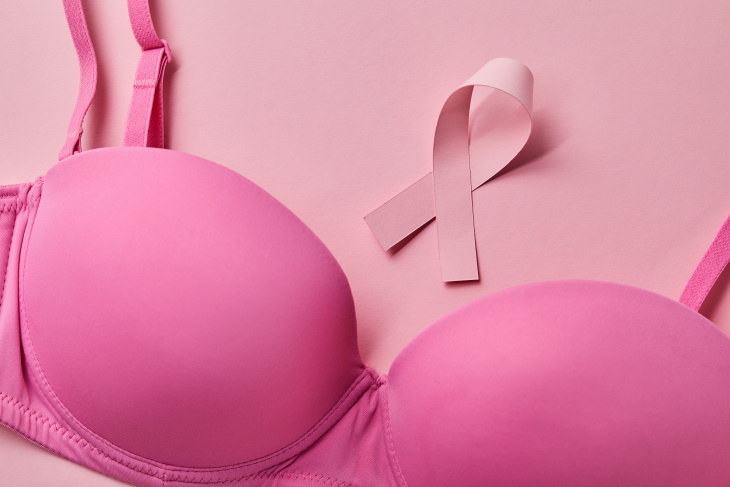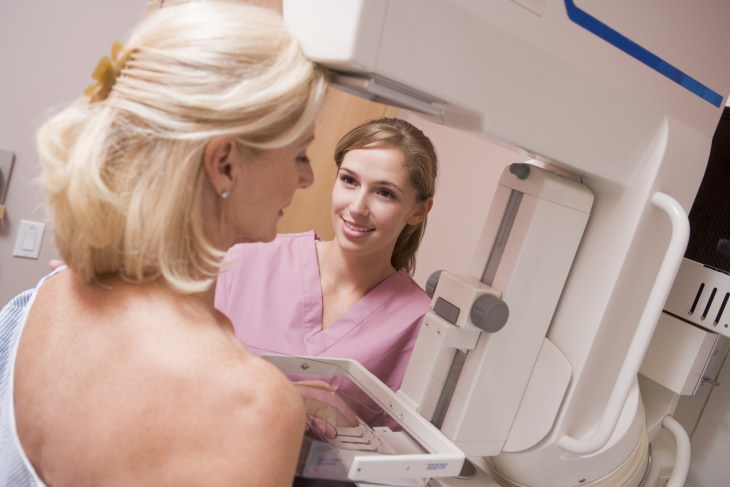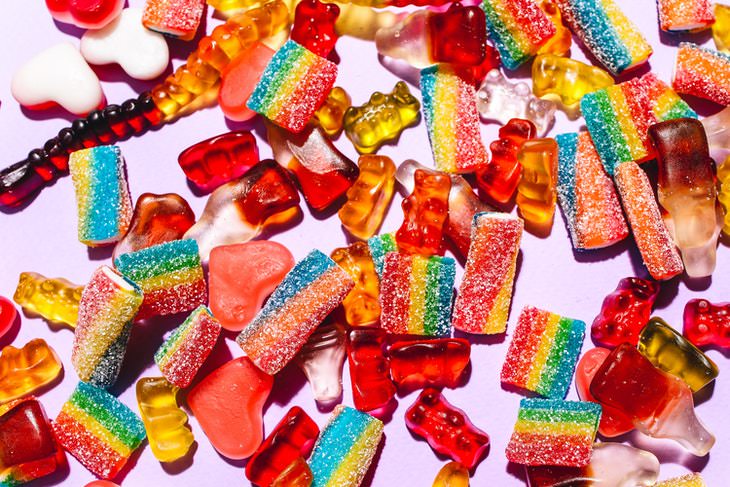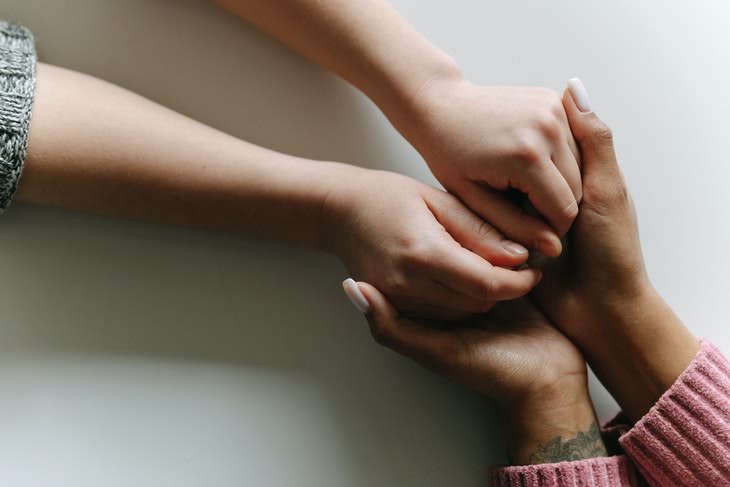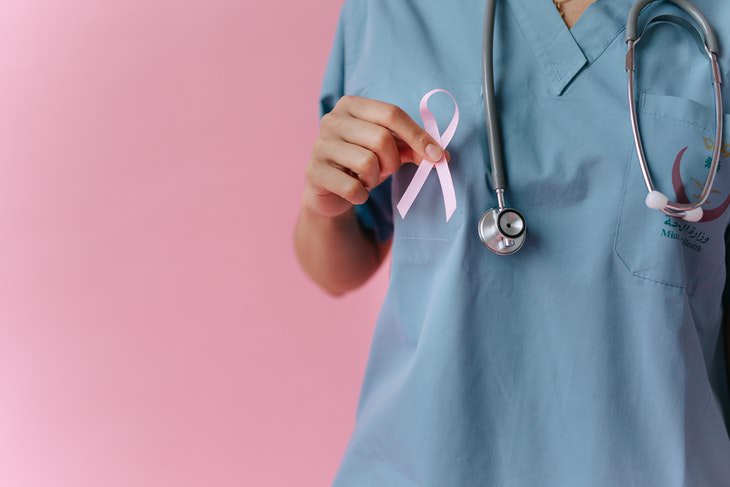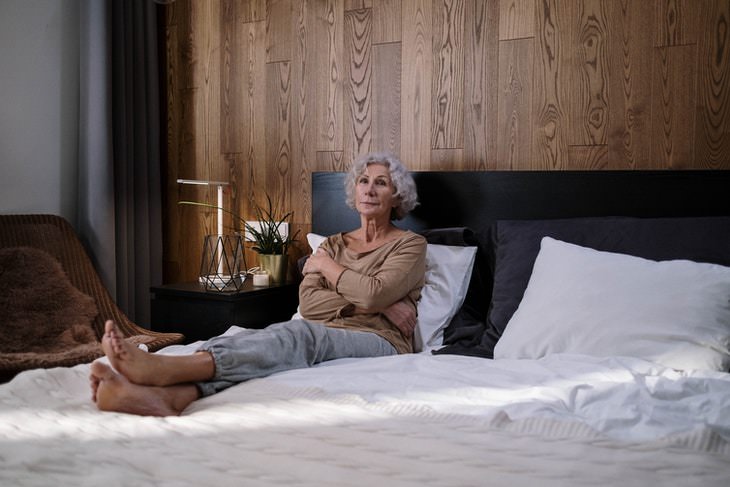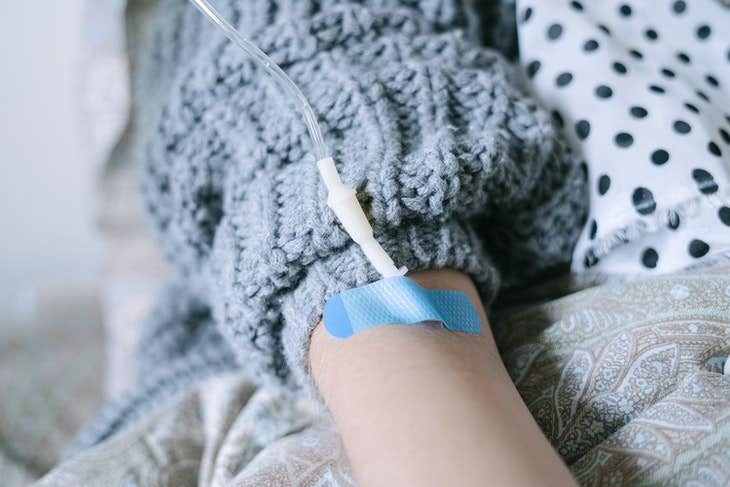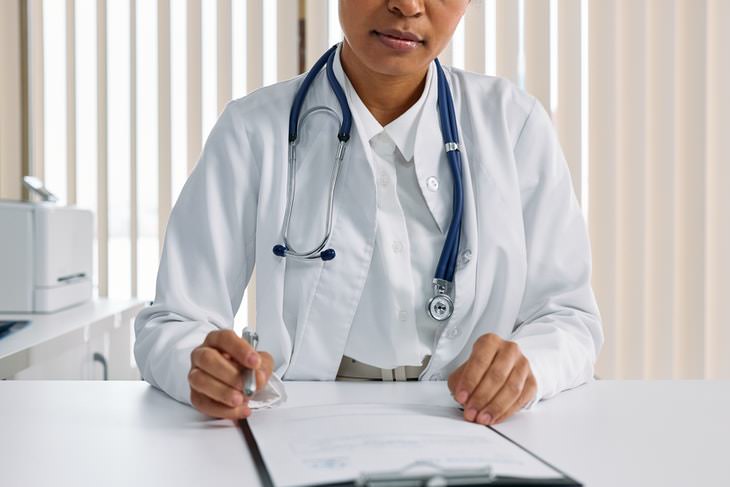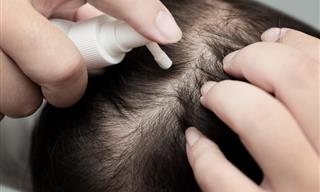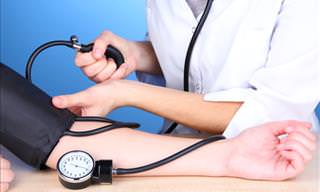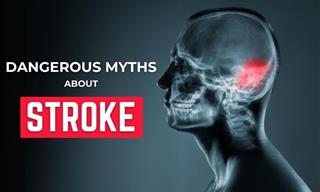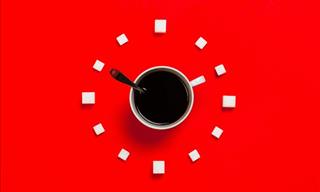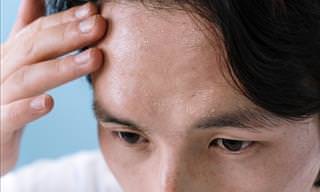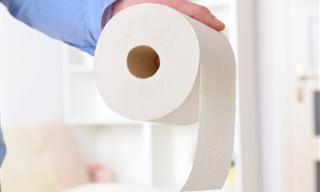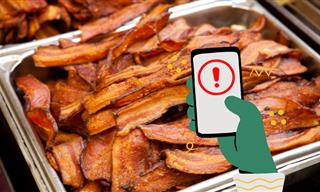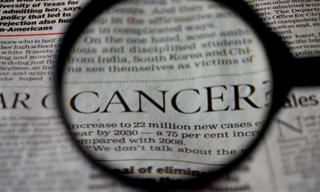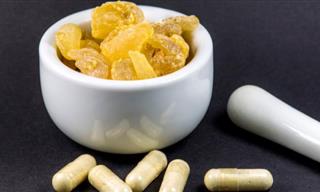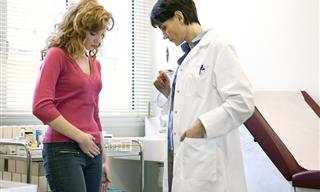Myth 1. Antiperspirants, underwire bras, and carrying a phone in your bra or shirt pockets all increase the risk of breast cancer.
You may have heard on TV that carrying a phone in your bra or shirt pockets raises your risk of breast cancer. Deodorants and underwire bras have also been accused of tampering with the lymph nodes and causing toxic chemicals to build up in the breasts. All of these claims have no evidence to support them.
Moreover, there is a study from 2014 that looked at the impact of bra wearing on breast cancer occurrence in 1,500 women that disproved the claim that any type of bra has an impact on one’s breast cancer risk.
Likewise, there is no link between breast cancer and antiperspirants, and the overblown rumor about underarm antiperspirants causing cancer comes from studies that found aluminum in the breast tissue of women who used antiperspirants that contain aluminum or from test-tube studies in mice and hamsters.
However, the presence of aluminum is not related to human breast cancer in any way, as shown by a review study from 2008 as well as a recent paper from 2021. Therefore, there’s no reason for you to stay away from antiperspirants, bras, and your smartphone in your jacket pocket if you’re worried about breast cancer.
Myth 2. People with no family history of breast cancer will never get the disease.
While it is true that some types of breast cancer can be passed from parent to child, 90-95% of patients with this condition have no family history of the disease. Having a parent or distant relative who has had breast cancer, prostate cancer, or ovarian cancer is just one of the many risk factors of the disease - and it’s not even the biggest risk factor scientists know of.
As Dr. Michael Zeidman, an assistant professor of breast surgery at Mount Sinai in New York City, told Medical News Today, “the most significant risk factor for developing breast cancer is being a woman. In the United States, 1 in 8 women will develop breast cancer over their lifetime.”
The sad truth is that breast cancer is unpredictable and could develop in anyone, which is why every woman past age 40 is recommended to have a yearly mammogram. Those with a family history of cancer may need to start yearly screenings even earlier, so if that’s you, consult your doctor.
Myth 3. Mammograms speed up the spread of breast cancer.
A mammogram is an or X-ray image of the breast, and it’s the most effective way to detect breast cancer early on. Patients who undergo the procedure are often concerned that the compression or radiation from the mammogram can make breast cancer spread to surrounding tissues.
However, there is no evidence to confirm this claim. The National Cancer Institute assures patients, “Mammograms require very small doses of radiation. The risk of harm from this radiation exposure is extremely low.” Certainly, the potential benefit of early breast cancer detection far outweighs that minimal radiation exposure.
Myth 4. Sugar can spawn or speed up the spread of breast cancer.
This myth is a bit more complicated. It comes from the correct assumption that cancer cells consume more sugar (glucose) than healthy cells. However, this doesn’t mean that sugar causes cancer or makes it spread faster. Glucose is simply the only fuel available to human cells.
All cells absorb sugar from the blood and use it to sustain and develop, and cancer cells tend to develop faster, so they use up more glucose. There’s no direct and convincing evidence between sugar consumption and breast cancer, in particular.
But don’t get us wrong - we’re not saying that you should go to town on sweets from now on because there’s no direct link between sugar and cancer. Excessive sugar consumption, especially from processed foods or added sugar, still increases inflammation, causes insulin spikes, and raises one’s risk of heart disease and diabetes. Diabetes, in particular, is linked with a higher risk of aggressive types of breast cancer, so so we still recommend consuming as little of it as you can.
Myth 5. An injury to the breast causes breast cancer.
Doctors assure that there is no link between breast injuries and breast cancer. However, a prior injury can make your doctor schedule a biopsy after a mammogram. This happens because signs of injury can look like cancer on an X-ray. As Dr. Zeidman pointed out in his statement, injuries “can cause changes in the breast that may mimic breast cancer on imaging. This process is called ‘fat necrosis,’ and it can look like an irregular mass with jagged edges on a mammogram, much like the appearance of a new breast cancer.” A biopsy is needed to distinguish between fat necrosis and breast cancer.
Myth 6. Every lump in the breasts is breast cancer.
Doctors are urging everyone to conduct a self-exam once a month and check for any lumps or masses. If you notice a persistent lump, schedule a meeting with your physician as soon as you can. In the vast majority of cases, a breast lump turns out to be something else, like a swollen lymph node or a cyst, for example, and not breast cancer. However, it’s still important to get a professional opinion, and some of these non-cancerous causes need treatment too. Long story short - when it comes to suspicious lumps, you're better off safe than sorry. Learn more on this topic here - Here's Why You Shouldn't Panic if you Find a Breast Lump.
Myth 7. All types of breast cancer manifest themselves through a lump.
Self-exams are important and helpful, but not noticing a lump or anything unusual during a self-exam doesn’t mean you can skip your yearly mammograms. First of all, breast cancer doesn’t always feel like a lump in the breast. Some advanced breast cancers that spread to other parts of the body may not be noticeable during a self-exam.
Second, early-stage breast cancer may not be noticed by simply feeling with your fingers. This is exactly why mammograms and other screenings exist - to catch these more dangerous and early-stage cancers as soon as possible.
Myth 8. Only middle-aged and older women can have breast cancer.
Aging is a known risk factor of breast cancer: the average breast cancer patient is 61 years old. But the risk of developing the disease before age 40 is higher than you think. Around 5% of new breast cancer patients are in their 30s, 20s, and even in their teens. However, most of these early diagnoses are indeed linked to a family history of breast cancer, which is why those who have a genetic proclivity towards developing cancer should consider starting regular screenings at a younger age.
Myth 9. IVF and abortions increase one’s risk of breast cancer.
Estrogen is a sex hormone that controls the female reproductive system, and doctors know that estrogen plays some role in breast cancer development too. Both in-vitro fertilization (IVF) treatments and abortions change the levels of estrogen in the body, which is why this myth that they increase the risk of breast cancer came to exist.
There are over 30 years of research suggesting that IVF doesn’t contribute to breast cancer. Likewise, several large studies came to the same conclusion regarding abortions, including a massive study in Denmark that included 1.5 million women. All this evidence suggests that both procedures do not raise one’s risk of breast cancer.
Myth 10. Men can’t have breast cancer.
The vast majority of breast cancer patients are female. But make no mistake, men can also have this condition, especially those with a family history of breast cancer. In 2017, for example, the Centers for Disease Control and Prevention (CDC) recorded 2,300 new male breast cancer cases, including 500 deaths, in the United States alone.
Since many men are unaware that they can get breast cancer and often get diagnosed much later than women, the mortality rate of male breast cancer is higher than that of women. For this reason, self-examinations are equally important for both men and women. Make sure to point out any pain or lumps in the chest area to your doctor’s attention, no matter your physiological sex.
Share this information with those who will find it beneficial!
 Go to BabaMail
Go to BabaMail


